A few weeks ago, on my last day in Allentown, PA, I had the idea that I might try to gather my thoughts about my experience at IlluxCon while I was on the flight back to San Diego, CA. What happened on the plane flight, though, was not a gathering of thoughts about my experience over the last several days, but instead was an uncomfortable continuation of clutter purgatory, leaving me wanting for silence and personal space. And this is when I found myself thinking about one specific episode of Simon Schama’s The Power of Art – it was the last episode that featured the artist, Mark Rothko.
One of the great things about being reminded of this segment on Rothko was that I get a combined visual of two features on Rothko about the same body of work, and they actually weave together quite nicely. Besides The Power of Art segment, the other is a play called Red which, a few years ago, when Ron and I were in Richmond, VA, happened to be playing there at the Virginia Repertory Theater. The play is essentially about art, the artist, and the act of creation. Here’s a brief synopsis:
Mark Rothko is in his New York studio in 1958-9, having been commissioned to paint a group of murals for the expensive and exclusive Four Seasons restaurant. He gives orders to his assistant, Ken, as he mixes the paints, makes the frames, and paints the canvases. Ken, however, brashly questions Rothko’s theories of art and his acceding to work on such a commercial project. For his part, Rothko dislikes the rise of Pop Art. Ultimately, Rothko stops working on the project and decides to return the money. He explains to Ken that the Four Seasons is an inappropriate place for his murals to be seen.
The play was an unexpected but welcomed tangent within our plans, and I’m so glad we went to see it. We did enjoy it, and especially after having seen the episode of The Power of Art with Simon Schama, which actually focused on these specific paintings as the body of work that were being created for the Four Seasons, we enjoyed it all the more. If you have not seen The Power of Art, then I highly suggest watching all of the episodes. This particular episode on Rothko was the last of the series, and it’s really stayed with me over the years since I first watched it. Simon Schama does a wonderful job with the entire series and leaves us with this powerful closing at the end of the Rothko episode:
“Further away from the razzle dazzle of contemporary art, the frantic hustle of now…
This isn’t about now. This is about forever. This is a place where you come to sit in the low light and feel the eons rolling by. To be taken towards the gates that open onto the thresholds of eternity. To feel the poignancy of our comings and our goings, our entrances and our exits, our births and our deaths. Womb, tomb, and everything between. Can art ever be more complete, more powerful? I don’t think so.”
I have not yet been to the Tate Modern to experience the room dedicated solely to these Rothko paintings, but I have every intention of going when I’m there in London again. I don’t know if this is even an important point to make or not, but I had never really been a fan of Rothko’s art – mainly out of not knowing much about it. It wasn’t until I saw The Power of Art’s episode about him that I was notably affected by much of what was said. I’d only been briefly introduced to Rothko’s work in Art History class in college, where all artists and art throughout history are hurriedly introduced and shoved into a large book of tiny badly-printed 2-inch squares as a sampling to memorize and move along so as to get through the entire history of art in one or two semesters. The brief moment we spent on Rothko’s work did not leave a lasting impression on me.
At this point, I can’t really say that it’s his work that has left an impression on me – not yet, at least. I’d have to wait to experience it at Tate Modern. From seeing the Power of Art series or the play, Red, I can say that it was the depiction of the artist and the story of his vision and the creation of art that really has stayed with me. From what I understand, to be there to experience the art in the space that it’s in is all the more fulfilling. This is what I feel I was reminded of when sitting on the crowded plane. With as fast and overwhelming as my past week’s experience had been, I’d need time to sort out the windows of time from the past week, and not let them run together. Just as the art should not run together.
I think a big reason that the Rothko episode really struck a chord with me and I am reminded of it at times like on the flight is because my painting time is sacred time – it’s about the experience. And especially when my days have seemed more chaotic than I might like for them to be, it’s a time I look forward to getting to and being in. And not only is my studio my working space, it’s where my paintings live and surround me in. They are a part of the space as they are a part of me. Just as they have been made in it, they make the space what it is. And so the paintings themselves tend to take on that strength and carry it with them wherever they might end up going. Rothko was very particular about where his work (the work that now hangs at Tate Modern) would be hanging. It was first commissioned to hang at the Four Seasons, and he changed his mind after realizing that the work would not live in the space the way that he envisioned it would.
In the beginning of the Rothko episode, Simon Schama asks “Just how powerful is art?… Can it change your life?…” ..and later, he mentions that Rothko was after “power” in his work – “The power to take people somewhere they would recover their humanity…It’s not what the colors are that makes the paintings work on our senses, it’s what Rothko makes them do.” His work is meant for us to spend time with it. His vision is the opposite of what consumerism is about or could ever be. “Often talked about as some sort of transcendental philosopher, Rothko was at pains to deny ever being a mystic. “No,” he said. “What I’m giving you, what I love, is material experience, the sensuousness of the world in all its richness”… Rothko wanted an intimate, personal connection to be made for his paintings to exert their full power.”
Of course, one must keep in mind that the time in which Rothko was painting plays a tremendous part in why he was producing the work that he produced. In reference to his paintings, Schama says “And the load they were bearing was human history.” The occurrences in the world around us and in the time in which we’re living is a huge part of who we are and what we produce as artists. Having lived through the Depression and outbreak of WWII had a tremendous impact on Rothko’s life and his outlook on the human condition which, of course, would influence his work. The artists that he had met and spent time with during that time also played a big role in the direction his work took. What’s going on in our world is why art movements happen, and why artists find themselves to be a part of them. To read a bit more about Rothko’s life, you can visit this page here:
http://www.markrothko.org/biography/
If you haven’t had the chance to watch The Power of Art series, I do highly suggest it. And I do suggest watching the entire series, each episode on each different artist. One of my other favorites in that series is the one on Turner, and I’ll admit that it would actually be difficult to choose one favorite out of all of the episodes. They’re all so well-done. Over the last couple of weeks, though, this one on Rothko has been knocking around in my brain again, and I thought I’d share that here with everyone. Go watch it. I hope you enjoy it as much as I have.


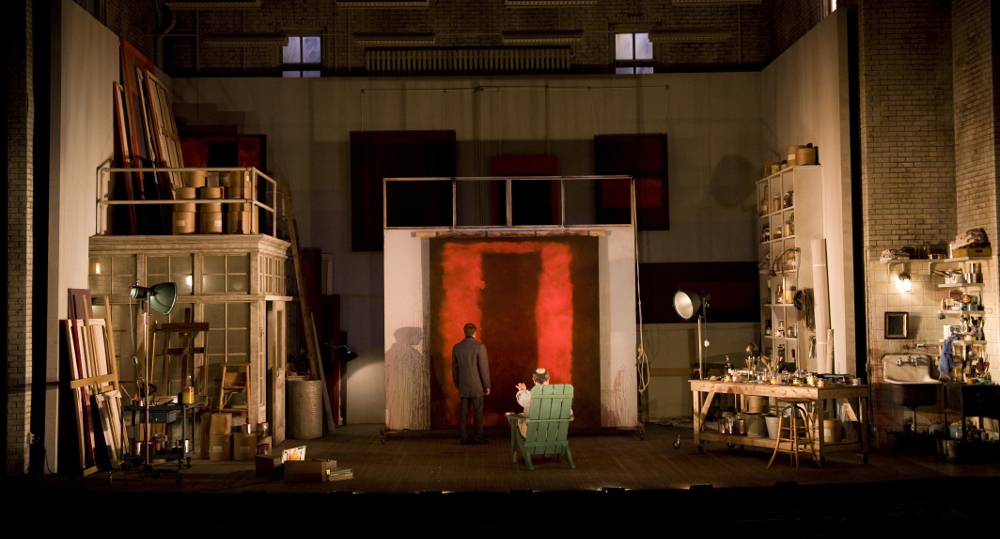
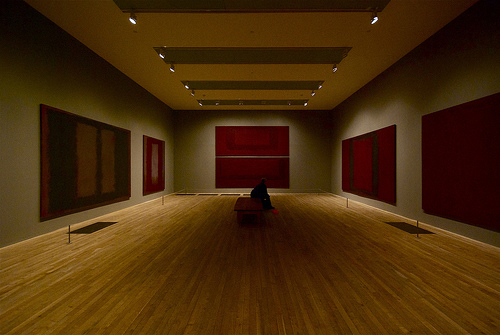

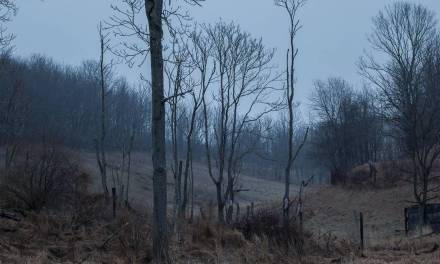
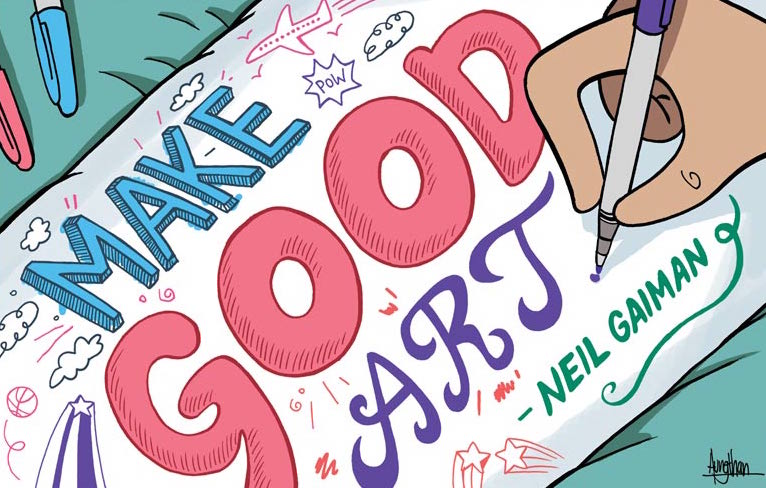
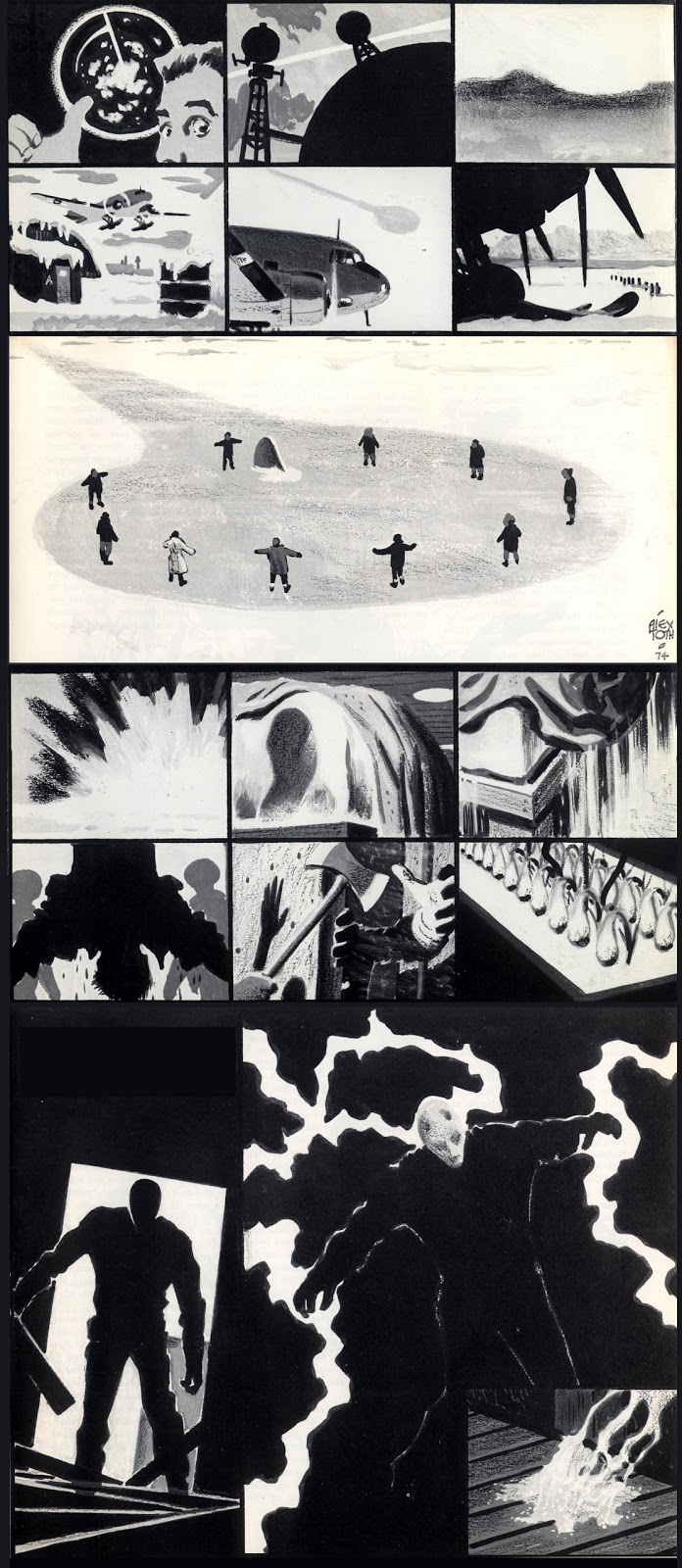
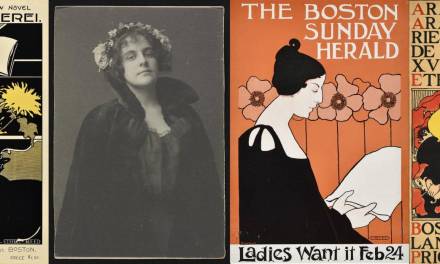

Great post Vanessa. I've always been curious about Rothko's work but have never looked into him….. I'll have to now!! Thanks. I wonder though, is Rothko's work just as meaningful if you didn't know what he has to say about his work? Are his paintings just as meaningful without the verbal explanation? I wonder.
Great post Vanessa. I've always been curious about Rothko's work but have never looked into him….. I'll have to now!! Thanks. I wonder though, is Rothko's work just as meaningful if you didn't know what he has to say about his work? Are his paintings just as meaningful without the verbal explanation? I wonder.
Very well said Vanessa. I didn't understand Rothko's work until I sat in a room full of his paintings in the East Wing of the National Gallery at the Smithsonian. I sat there for nearly an hour and it was a moving experience. Can't get a notion of Rothko from a book.
Jason Silva seems to be hitting on some of the catharsis as well. I don't consider this a tangent but supplemental to your discussion:
https://m.facebook.com/story.php?story_fbid=1620149471582665&id=1578052705792342
Hi Neil. Thanks for the comment. I do know what you mean – I get where you're coming from. I think the best test of that, for everyone, is to go experience it for ourselves. I do love that the Power of Art series has inspired us to want to do so, even if out of skepticism.
hi Bill. I look forward to getting the chance to do that, myself. And I understand what you mean about not getting a notion of what it's like to experience it just by seeing it in a book. I feel like that about so many artists' work and how it's printed – especially reproductions in less-recently printed books, and especially artists' work that wasn't necessarily intended for print. Then there are some artists who were intended for print that I'd highly suggest going to see in person – like Rockwell and Leyendecker, for example. Though they were intended for print, they knock your socks off in person!
hi Paul. Thanks for the comment and the link. I watched the video.. and hadn't heard of Stendhal Syndrome before. It seems to be one of those that scientists/doctors/psychologists are still not quite sure about how to pinpoint, from the small bit I read. But interesting nonetheless – and the symptoms are ones that many people have had from viewing art, for sure. I wonder if anyone has had that type of experience from viewing a Rothko. And I'd bet that people have had a cathartic experience from viewing Rothko's work too. It'd be subjective, I'm sure, what each person's experience would be.. and I think that might be the point too.
A great deal of art is an attempt by the artist to capture or interpret what they see before their eyes or what they already know. Almost all representational art follows that principle. Lately, I have been thinking about the potential for art to represent what is not ordinarily seen, or “things” that we don't already know. Humans are deeply hard-wired for mimesis (monkey see, monkey do) but there are avenues beyond this, if we are willing to explore them. That, at least in part, is what I feel Rothko was doing — albeit in limited fashion. I am not a big fan of Rothko, but I do think his best invention was the idea that overwhelmingly large color blocks could evoke emotional responses. This tactic slips behind the wall of the adult brain and grabs the child in us all. Where did Rothko get that idea? Probably mostly from his buddy Clyfford Still whose work in 1943 already looked like playskool wallpaper.
When I lived in London, there were many days I'd hop on the bus and head to the Tate Modern just to sit and be in the Rothko room. It's very meditative and as an artist and lover of color, it was powerful.